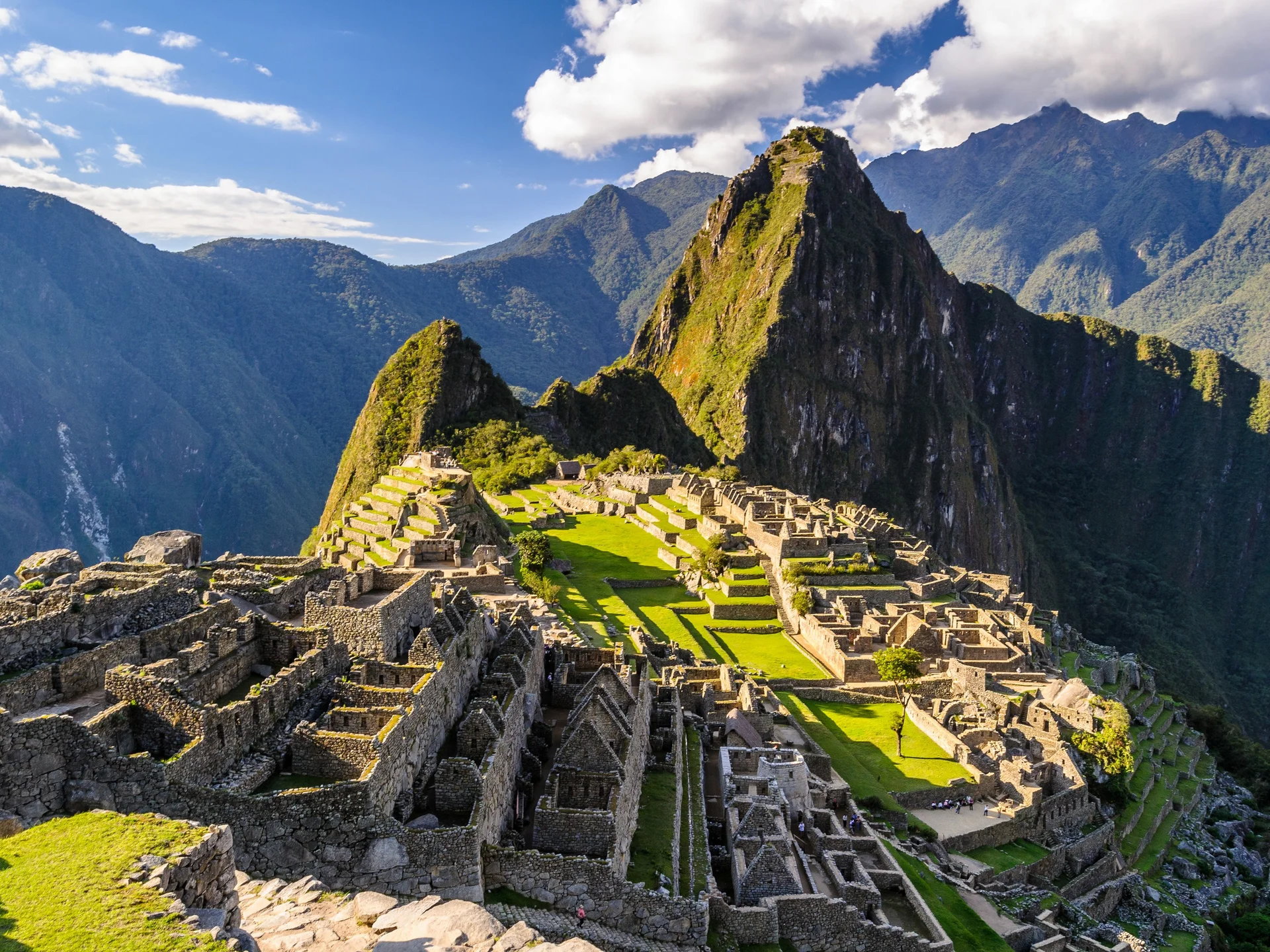
Machu Picchu's Lost Inca City Above the Cloud Forest
Ancient Citadel Crowning the Sacred Valley
About This Site
Machu Picchu represents a masterpiece of Inca civilisation, showcasing extraordinary architectural genius within exceptional Andean biodiversity. This UNESCO mixed heritage site demonstrates the pinnacle of ancient stone construction techniques, featuring precisely fitted granite blocks without mortar that have withstood centuries of earthquakes. The sanctuary protects 444 bird species and 75 mammal species across 24 diverse ecosystems spanning cloud forest to high-altitude environments, creating a unique fusion of cultural and natural heritage. The ancient citadel's precise astronomical alignments, sophisticated agricultural terraces, and advanced water management systems reveal the remarkable scientific knowledge and engineering prowess of this extraordinary civilisation whilst demonstrating perfect harmony with nature.
Why It Matters
This exceptional UNESCO mixed heritage site showcases both the architectural mastery of the Inca civilisation and the extraordinary biodiversity of Andean cloud forests, demonstrating humanity's ability to create magnificent ancient structures in perfect harmony with exceptional natural environments whilst serving as an active evolutionary laboratory.
Wonders of the Lost Citadel
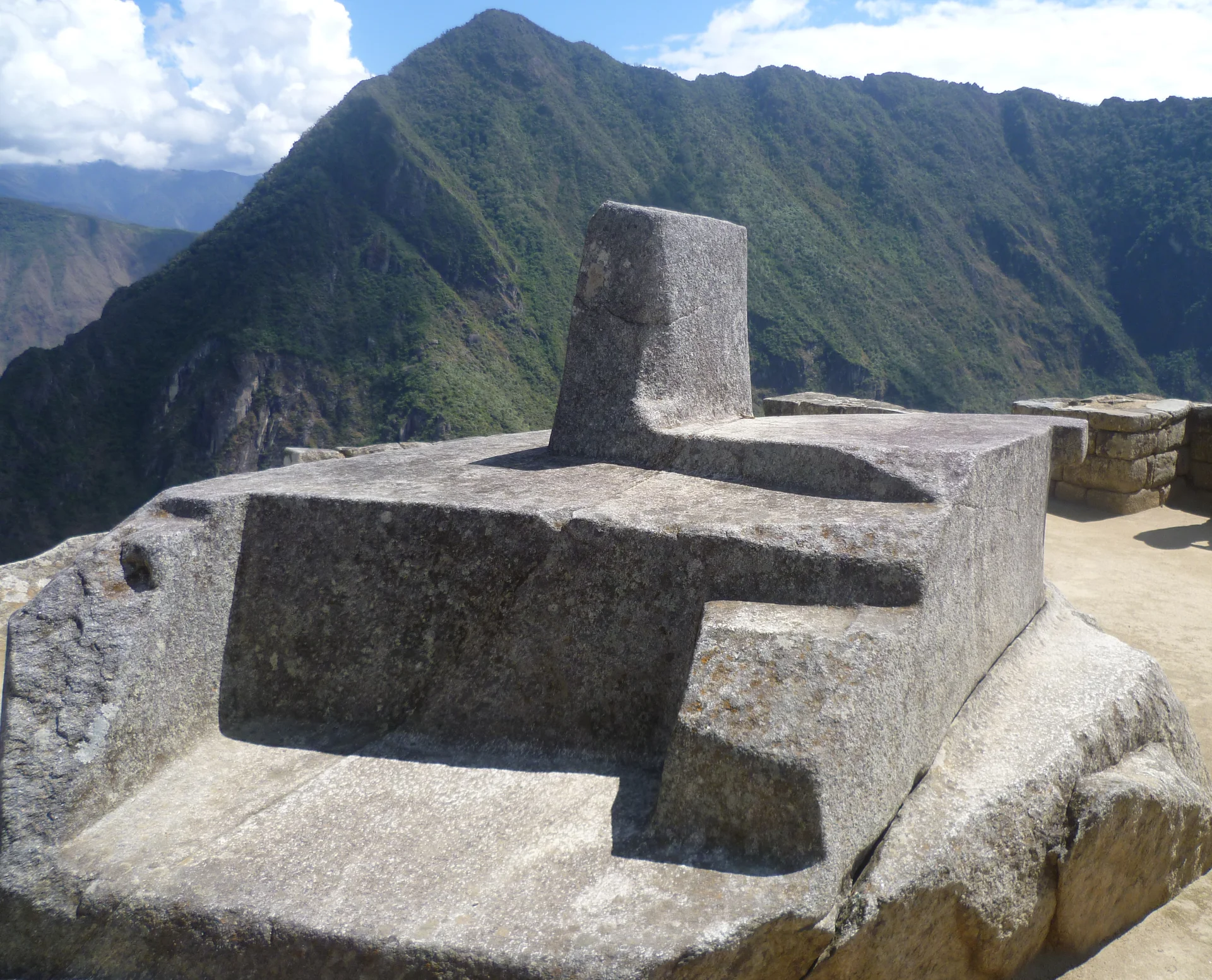
The Intihuatana Stone
The Intihuatana, meaning 'hitching post of the sun' in Quechua, represents one of the most spiritually significant features at Machu Picchu. This precisely carved granite sculpture served as an astronomical clock and ceremonial altar, designed to track the sun's movements throughout the year. The stone's angles and edges align with cardinal directions and mark important solar events including solstices and equinoxes. During the winter solstice on 21 June, the sun sits directly above the pillar, casting no shadow—a phenomenon the Incas believed 'tied' the sun to prevent it from moving further away. This sacred stone demonstrates the sophisticated astronomical knowledge of the Incas.
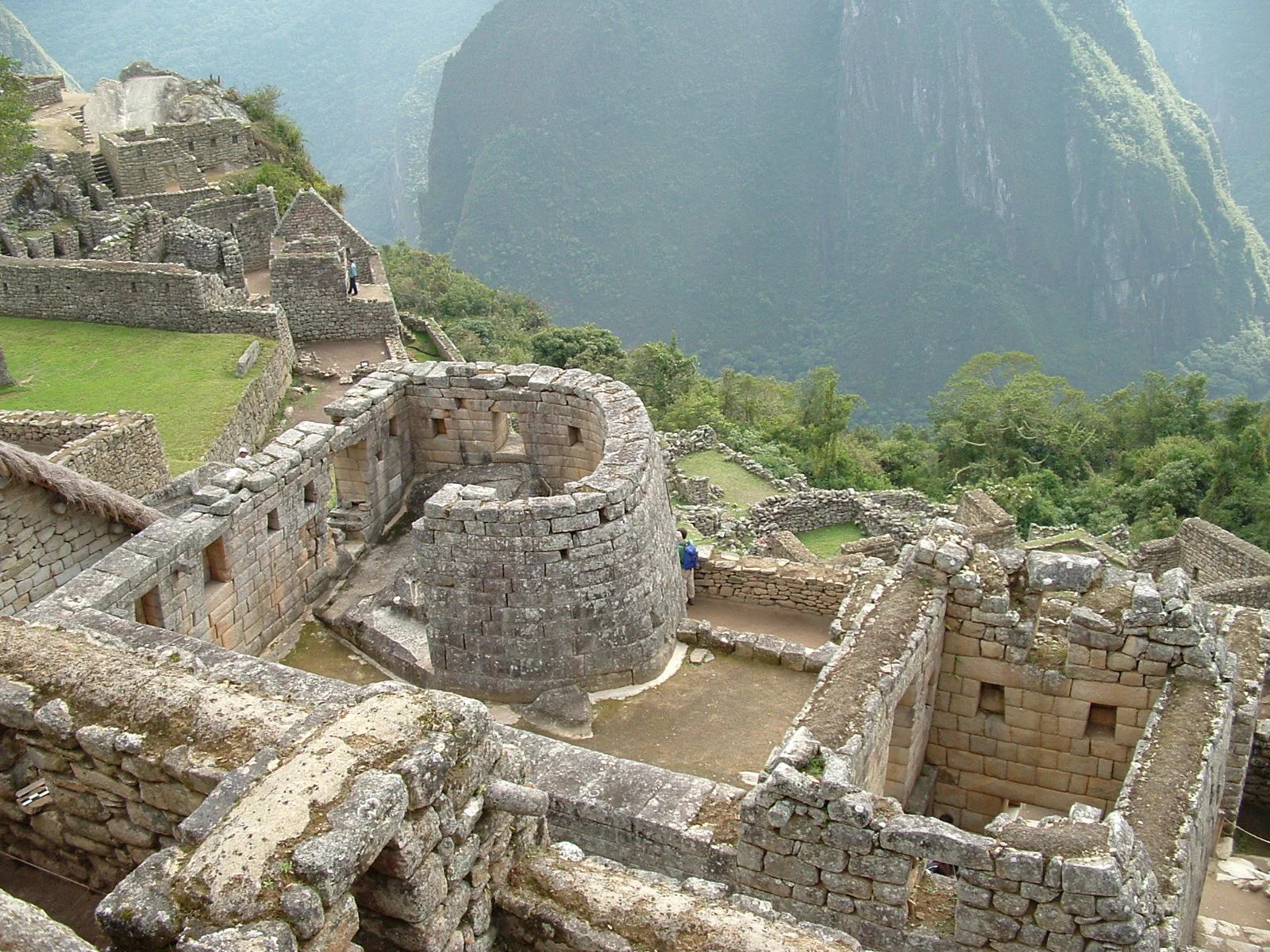
Temple of the Sun
The Temple of the Sun stands as one of Machu Picchu's most architecturally sophisticated structures, showcasing the pinnacle of Inca stonework and astronomical knowledge. Built with perfectly fitted granite blocks without mortar, this semi-circular temple features trapezoidal windows aligned to capture the winter solstice sunrise. The temple sits atop the Royal Tomb, a natural cave believed to house mummies of Inca nobility. The curved wall, unique among Inca constructions, demonstrates advanced engineering skills while the interior niches held golden offerings to Inti, the sun god. The temple's positioning and design allowed priests to conduct precise astronomical observations, marking seasonal changes crucial for agriculture.
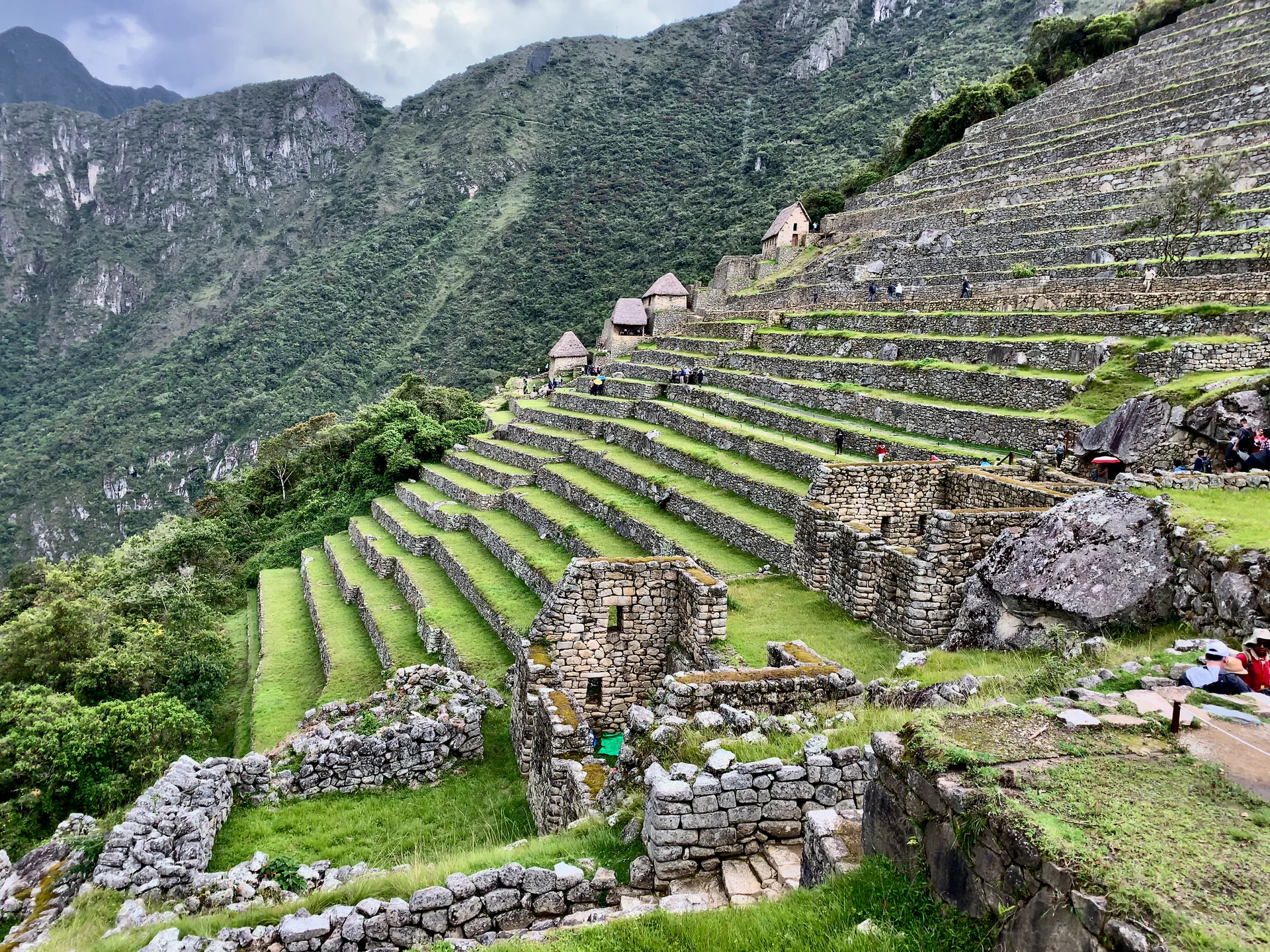
Agricultural Terraces and Farming Innovation
The agricultural terraces (andenes) of Machu Picchu represent one of humanity's most sophisticated farming innovations, transforming steep mountain slopes into productive agricultural land. These carefully constructed terraces prevented soil erosion, managed water drainage, and created microclimates suitable for diverse crops including maize, quinoa, and potatoes. Each terrace features three layers: large stones for drainage at the bottom, smaller stones and gravel in the middle, and fertile topsoil on top. The system includes an intricate network of channels and fountains fed by natural springs, providing consistent irrigation. Many terraces remain functional today, continuing to prevent erosion five centuries after construction.
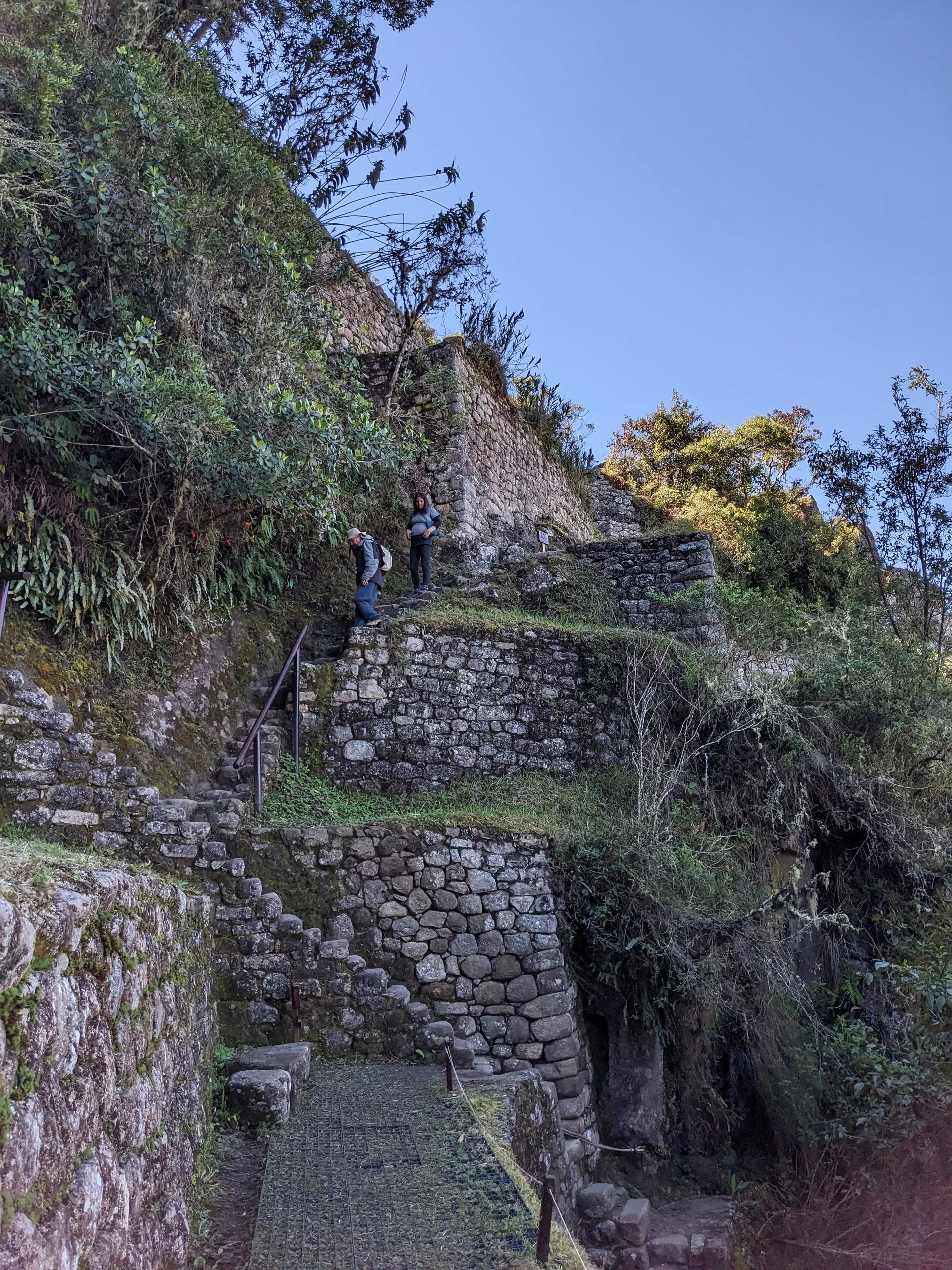
Huayna Picchu Summit Experience
Huayna Picchu, the towering mountain peak that rises 260 metres above Machu Picchu, offers one of the world's most spectacular archaeological hiking experiences. The steep trail leads through cloud forest to ancient Inca structures including the Temple of the Moon, built within natural caves and featuring precisely fitted stonework. From the summit at 2,693 metres elevation, visitors gain the classic aerial perspective of Machu Picchu that appears in countless photographs. The mountain itself held deep religious significance for the Incas, who considered it the residence of high priests and sacred virgins. The challenging ascent requires advanced reservations and is limited to 400 daily visitors.
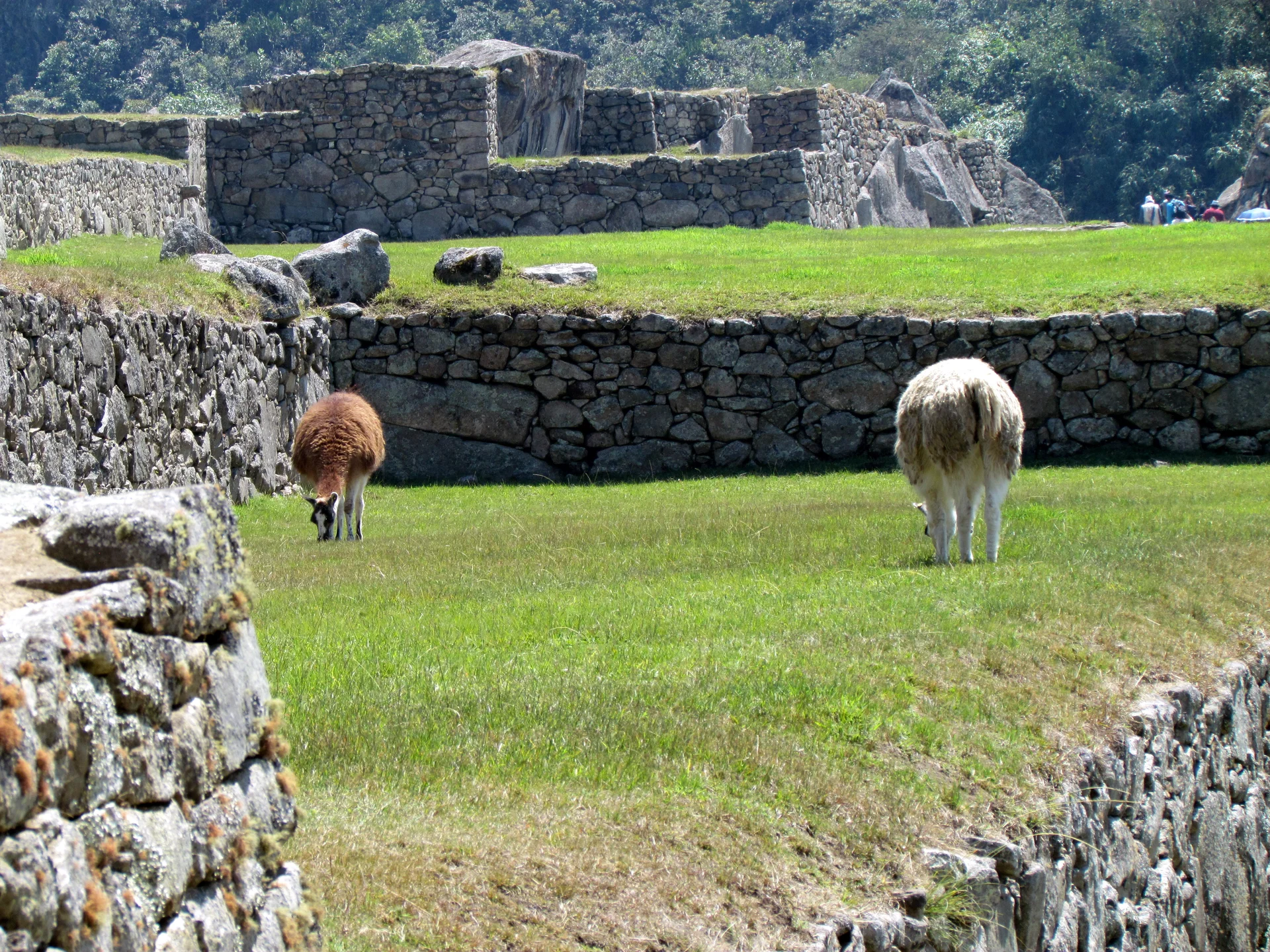
Living Heritage and Wildlife Integration
The Historic Sanctuary of Machu Picchu protects an extraordinary ecosystem spanning 24 different habitats from 1,900 to over 6,000 metres elevation. This biodiversity hotspot harbours 444 bird species including the endangered highland quetzal and cock-of-the-rock, Peru's national bird. The sanctuary supports 75 mammal species, notably the vulnerable Andean bear (ukumari), alongside 377 butterfly species and 423 orchid varieties including rare endemic species. Visitors regularly encounter llamas and vicuñas grazing among ancient ruins, demonstrating the remarkable integration of wildlife with archaeological heritage. This natural sanctuary shows how the Incas selected locations of profound ecological importance.
Location & Planning
Take scenic train from Cusco to Aguas Calientes (3.5 hours), then shuttle bus to entrance. Book tickets weeks ahead through Peru government website. Spend 2-3 days acclimatising in Cusco beforehand. Facilities include restrooms.
Loading map...
Frequently Asked Questions
Machu Picchu is a 15th-century Inca citadel at 2,430 metres altitude in the Peruvian Andes, famous as a UNESCO mixed World Heritage site showcasing extraordinary archaeological mastery. The preserved structures demonstrate sophisticated Inca engineering whilst protecting exceptional biodiversity.
The Inca civilisation built Machu Picchu around 1450 CE during Emperor Pachacutec's reign as a royal estate. Skilled stonemasons crafted precise ashlar walls without mortar, cutting granite blocks so tightly that knife blades cannot fit between stones.
Spanish conquistadors never found Machu Picchu during their 16th-century conquest, leaving it hidden by jungle vegetation for nearly four centuries. American historian Hiram Bingham brought international attention to the remarkably preserved site in 1911, though local Quechua farmers always knew of the ruins.
Take the scenic train from Cusco to Aguas Calientes village (3.5 hours), then catch a 30-minute shuttle bus to the entrance. Book tickets weeks in advance through Peru's official government website as daily visitors are strictly limited to protect this site.
May through September offers dry weather with clear mountain views, whilst April and October provide fewer crowds. Early morning visits (06:00-08:00) offer optimal photographic lighting, reduced congestion, and increased wildlife activity as Andean condors soar above peaks and spectacled bears occasionally venture near agricultural terraces.
All visitors require advance tickets through Peru's official website (www.machupicchu.gob.pe). Climbing Huayna Picchu needs separate permits limited to 400 daily visitors. The four-day Inca Trail requires bookings through licensed operators months ahead, with permits selling out during peak season (May-September).
Bring comfortable hiking boots, layered clothing for variable temperatures (5-20°C), waterproof rain jacket, high-SPF sun cream, reusable water bottle, and camera. Weather changes rapidly in cloud forest environments with frequent morning mist clearing to afternoon sun, requiring adaptable clothing.
UNESCO World Heritage Criteria
Inscribed in 1983, this site meets 4 of UNESCO's 10 criteria for Outstanding Universal Value
Criterion (i): Masterpiece of human creative genius
Machu Picchu represents an absolute masterpiece of human creative genius through extraordinary ashlar masonry fitting massive granite blocks without mortar, sophisticated agricultural terracing preventing erosion on steep mountainsides, and ingenious urban planning harmonising architecture with dramatic Andean landscape in unprecedented aesthetic achievement.
Criterion (iii): Testimony to cultural tradition
The citadel provides unique testimony to Inca civilisation at its zenith, representing the empire's architectural and engineering capabilities through royal estate construction demonstrating political power, religious significance, and astronomical knowledge whilst preserving exceptional evidence of 15th-century Andean culture before Spanish conquest.
Criterion (vii): Contains superlative natural phenomena
Machu Picchu contains superlative natural phenomena through its breathtaking setting where ancient granite city emerges from cloud forest atop vertiginous mountain ridges, surrounded by sacred peaks including Huayna Picchu, whilst the Urubamba River carves spectacular gorges creating one of Earth's most visually stunning cultural landscapes.
Criterion (ix): Outstanding ecological/biological processes
The sanctuary demonstrates outstanding ecological processes through vertical zonation creating diverse habitats from high-altitude grasslands through cloud forests to subtropical valleys, supporting exceptional biodiversity whilst preserving Inca agricultural terraces that sustainably managed steep Andean slopes through sophisticated water management and soil conservation systems.
Historical Context
Inca Construction (1450-1532)
Built during the reign of Emperor Inca Pachacutec as a royal estate and sacred ceremonial centre, showcasing the pinnacle of Inca architectural genius through precise stonework, sophisticated agricultural terraces, and advanced astronomical observatories that demonstrated their profound understanding of celestial movements for agricultural planning.
Spanish Colonial Abandonment (1532-1911)
Abandoned during the Spanish conquest of the Inca Empire and largely forgotten by the outside world for nearly four centuries, allowing the remarkable archaeological site to remain exceptionally well preserved beneath dense jungle vegetation whilst local Quechua communities maintained knowledge of its existence.
Modern Rediscovery (1911)
American historian and Yale professor Hiram Bingham brought international attention to the extensively preserved ruins during his 1911 expedition, though local Quechua farming families had maintained continuous knowledge of the site's location and significance throughout the intervening centuries of obscurity from Western knowledge.
Archaeological Research (1911-present)
Ongoing archaeological research and scientific investigation has systematically revealed the citadel's sophisticated astronomical alignments, advanced agricultural innovations, intricate water management systems, and crucial role as both a royal estate and sacred ceremonial centre within the vast Inca empire's network of settlements.
UNESCO Recognition (1983-present)
Designated as both a cultural and natural UNESCO World Heritage Site in recognition of its extraordinary archaeological importance showcasing Inca civilisation alongside exceptional biodiversity within the pristine cloud forest ecosystem, creating one of the world's few mixed heritage properties that celebrate both human achievement and natural splendour.
Conservation & Protection
Current Conservation Status
Balancing preservation of archaeological integrity with protection of cloud forest biodiversity while managing sustainable tourism for over one million annual visitors.
Conservation Challenges
- Tourism pressure from over one million annual visitors requiring strict daily limits and comprehensive infrastructure management
- Climate change impacts affecting fragile cloud forest ecosystems and historic agricultural terraces stability
- Soil erosion prevention and maintaining structural stability of ancient stone constructions against environmental weathering
- Invasive species introduction threatening endemic plant communities and vulnerable native animal populations
Active Conservation Efforts
- Advanced visitor management systems controlling daily numbers and routes through the site
- Comprehensive conservation programmes protecting endangered species including vulnerable Andean bears and highland quetzals whilst monitoring populations
- Structural monitoring and maintenance programmes using traditional Inca construction techniques and materials respecting authenticity
- Research partnerships studying climate adaptation strategies for both cultural and natural heritage protection
Image & Content Attribution
Research & Content Sources
Photography & Visual Media
Last updated: 9 October 2025